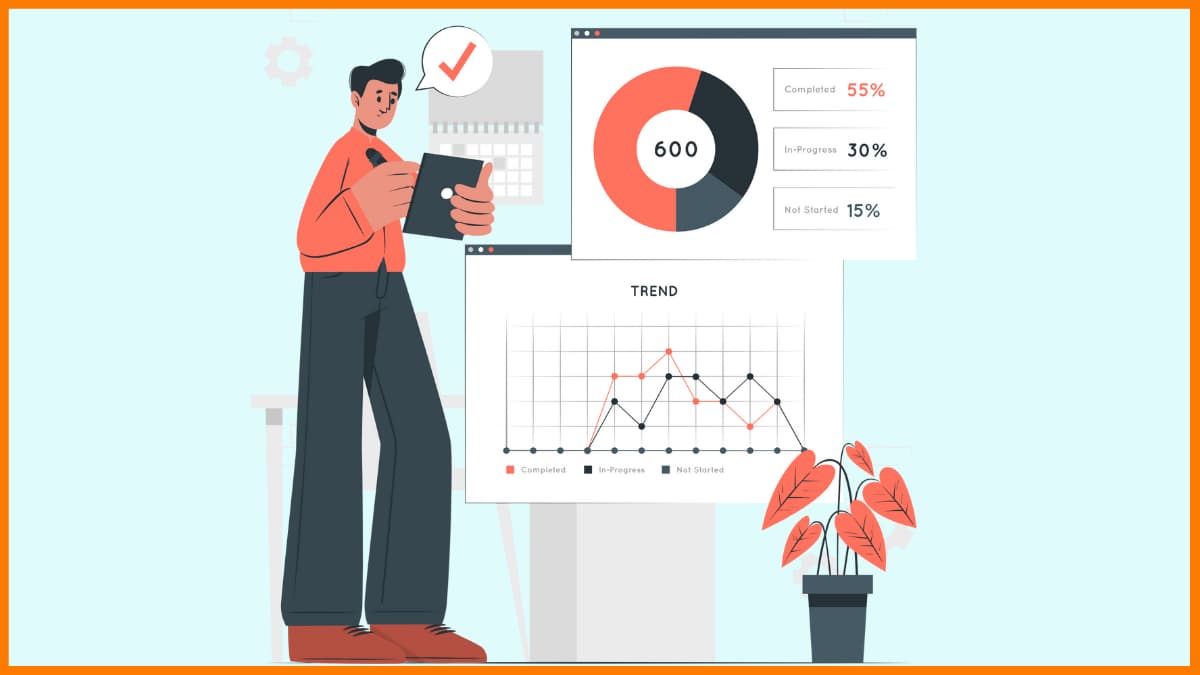Competitor analysis is a critical practice for businesses seeking a competitive edge in their respective markets. By thoroughly understanding the strengths and weaknesses of their rivals, companies can make informed decisions that drive growth and innovation. In this article, we delve into the art of competitor analysis, exploring its significance, methods, and how it contributes to strategic business success.
The Importance of Competitor Analysis

Competitor analysis isn’t merely about keeping tabs on rivals; it’s about gleaning actionable insights. By evaluating competitors’ strengths, weaknesses, opportunities, and threats, companies can refine their strategies and better position themselves.
Key Components of Competitor Analysis
1. Identifying Competitors
Begin with identifying direct and indirect competitors. Direct competitors offer similar products or services, while indirect competitors might fulfill the same need through different means.
2. Analyzing Competitor Offerings
Evaluate competitors’ products/services, features, quality, pricing, and unique selling propositions (USPs). This analysis helps identify gaps in the market.
3. Assessing Market Position
Understand where competitors stand in the market hierarchy. Are they market leaders, followers, or niche players? This insight informs your approach.
4. Understanding Customer Perceptions
Explore how customers perceive competitors. What do customers love? What are their pain points? Addressing these insights can guide product improvements.
Methods for Conducting Competitor Analysis
1. SWOT Analysis
A SWOT analysis (Strengths, Weaknesses, Opportunities, Threats) provides a structured framework to compare your business against competitors.
2. Competitive Benchmarking
This involves benchmarking your performance against competitors using key metrics. It sheds light on areas needing improvement.
3. Market Research and Surveys
Gather customer feedback through surveys to understand why customers choose competitors over you. This uncovers actionable areas for enhancement.
4. Social Media Listening
Monitor competitors’ social media platforms to gain insights into their customers’ sentiments and preferences.
Translating Insights into Strategy
1. Differentiation and Innovation
Use insights to differentiate your offerings. Highlight unique features that competitors lack to attract customers.
2. Pricing and Positioning
Adjust pricing and positioning based on competitors’ offerings. This helps you find the sweet spot that appeals to your target audience.
3. Marketing and Communication
Craft compelling marketing campaigns that emphasize your strengths and address competitor-related pain points.
The Perks of Continuous Analysis
Competitor analysis is an ongoing process. Regular assessments ensure you’re adapting to market changes and staying ahead.
Competitor Analysis Tools
1. SEMrush
An all-in-one marketing toolkit to track competitors’ online presence, keywords, and advertising strategies.
2. Ahrefs
A comprehensive tool for backlink analysis, keyword research, and competitive intelligence.
3. Moz
Provides insights into competitors’ website authority, search visibility, and keyword rankings.
Ethics in Competitor Analysis
While competitor analytics is crucial, it’s essential to follow ethical practices. Avoid infringing on intellectual property or spreading false information.
Conclusion
Competitor analytics is the compass that guides businesses through turbulent market waters. By deciphering competitors’ moves, businesses can navigate challenges and seize opportunities. Stay vigilant, stay competitive. To take your competitor analysis to the next level and gain strategic insights for your business success, request a demo from AIM Technologies today!
FAQs
Is competitor analysis only for large businesses?
- Not at all. Competitor analysis benefits businesses of all sizes, helping them make strategic decisions.
How often should I conduct competitor analytics?
- Regularly. Market dynamics change, and staying updated is key.
Can competitor analytics replace innovation?
- No, competitor analytics informs innovation. It helps you find unique value propositions.
What if my competitors copy my strategies?
- It’s a sign you’re onto something good. Keep innovating and stay ahead.
Is competitor analytics a one-person job?
- It’s best done collaboratively. Multiple perspectives yield better insights.




